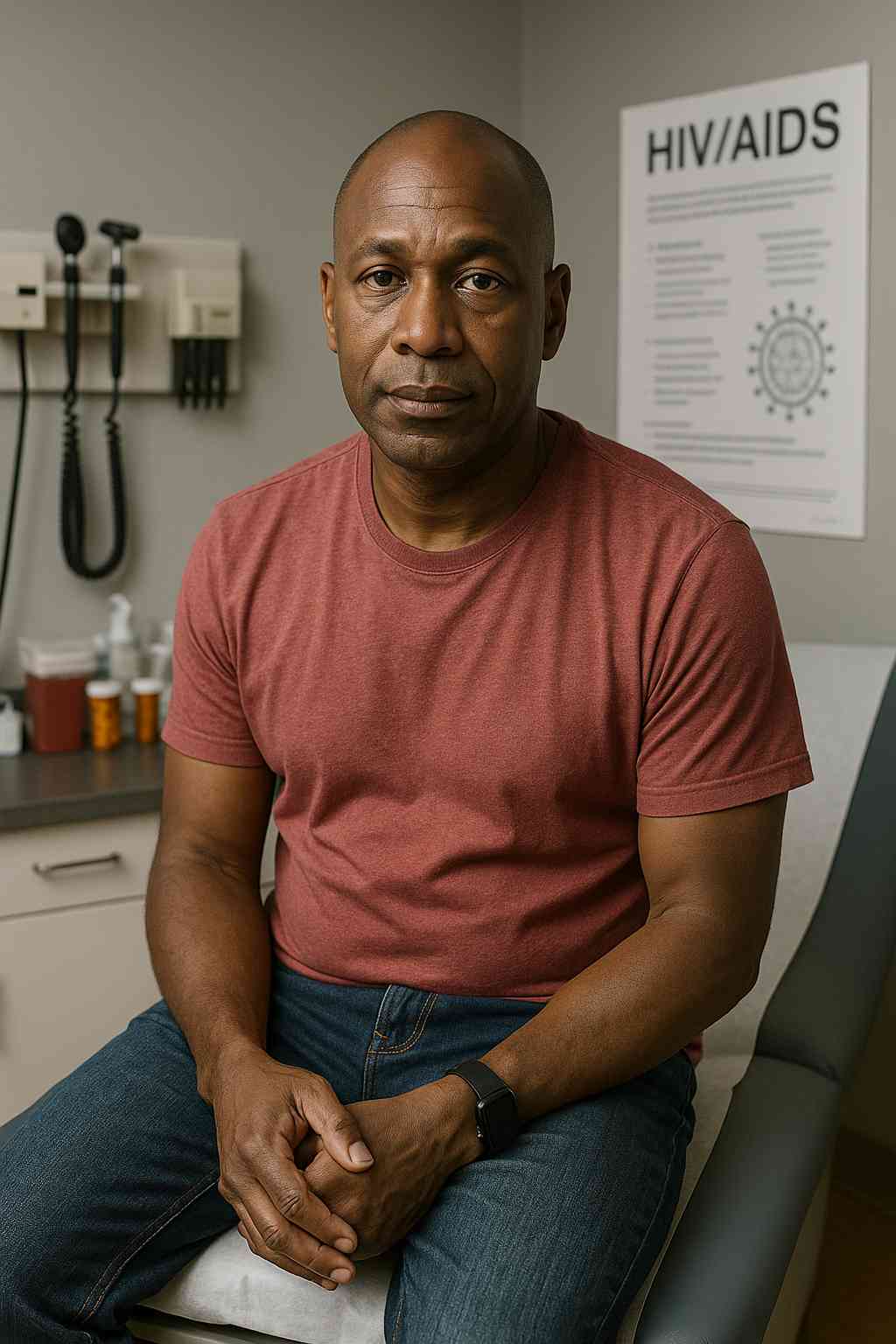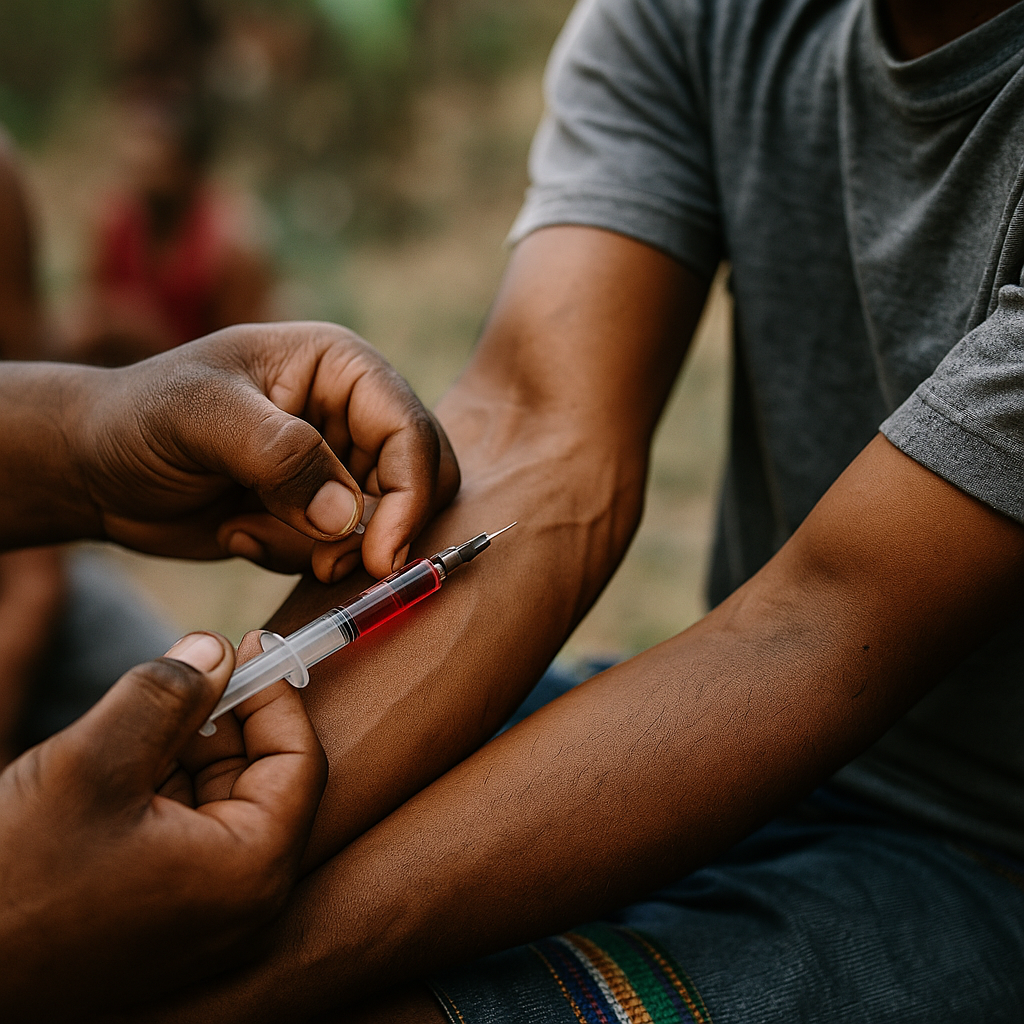Introduction
HIV and AIDS patients face challenges that go far beyond managing a virus. While medical treatments have transformed HIV into a manageable condition, the journey still requires emotional resilience, community support, and access to timely healthcare. What does care look like today for someone newly diagnosed? How can patients live healthier, longer lives in 2025? This article takes a compassionate, practical look at what HIV and AIDS patients need—and deserve.
Table of Contents
– Understanding the Difference Between HIV and AIDS
– Modern Treatment Options for HIV and AIDS Patients
– Emotional and Social Support for Long-Term Wellbeing
– Prevention, Stigma, and Living with Purpose
– FAQ
– Conclusion
Understanding the Difference Between HIV and AIDS
Many still confuse HIV and AIDS, but understanding the difference is crucial. HIV (Human Immunodeficiency Virus) is a virus that weakens the immune system over time. AIDS (Acquired Immunodeficiency Syndrome) is the most advanced stage of HIV, marked by severe immune suppression and vulnerability to opportunistic infections.
Not all HIV patients develop AIDS. With proper treatment—especially antiretroviral therapy (ART)—people living with HIV can maintain undetectable viral loads and lead long, healthy lives. The earlier the diagnosis and the more consistent the treatment, the lower the risk of progression.
According to Healthcare.pro, early testing and adherence to ART are key strategies to prevent HIV from progressing to AIDS and reduce transmission risk.
Modern Treatment Options for HIV and AIDS Patients
Today, HIV and AIDS patients benefit from a wide array of life-saving drugs. First-line treatments include once-daily combination pills like Biktarvy or Dovato, which simplify adherence and improve outcomes. Injectable options such as Cabenuva allow patients to receive medication monthly or bimonthly, removing the need for daily pills.
For those with drug resistance, new options like fostemsavir (Rukobia) and ibalizumab (Trogarzo) offer hope. These treatments target HIV in different ways and work when traditional options no longer suffice.
In 2025, long-acting injectables and even biannual PrEP shots like lenacapavir are redefining care for both HIV and AIDS patients. These innovations offer greater flexibility, fewer side effects, and improved quality of life.
Access to these treatments can vary globally, making advocacy for equitable healthcare policies vital. Visit www.ehealthcaresolutions.com for updates on access programs and digital health tools supporting patient engagement.
Emotional and Social Support for Long-Term Wellbeing
HIV and AIDS patients often face mental health challenges, including anxiety, depression, and stigma-related trauma. Support doesn’t stop at medication—it includes counseling, peer groups, and strong community ties.
Many patients find healing through storytelling, support groups, or therapy. Organizations like the Body and Mental Health America offer tailored resources. Peer networks also allow patients to connect with others who understand their journey firsthand.
Support should extend into relationships and the workplace. Open dialogue with employers, family, and partners—when safe—helps reduce stigma and build trust. Providers should take a trauma-informed, culturally sensitive approach to care, especially for marginalized groups disproportionately impacted by HIV.
Prevention, Stigma, and Living with Purpose
HIV and AIDS patients are not only recipients of care—they are leaders in advocacy, prevention, and education. By adhering to ART and achieving undetectable status (U=U), they can’t transmit the virus sexually, playing a key role in ending the epidemic.
Despite progress, stigma remains a persistent barrier. Misinformation, fear, and discrimination still affect housing, employment, and mental health. Public education campaigns, updated school curricula, and visible patient advocacy are needed to challenge outdated beliefs.
Living well with HIV also means having purpose—whether through community involvement, career goals, or family life. Many patients go on to live fulfilling, joyful lives well into old age. With the right tools, support, and access, HIV is no longer a death sentence—it’s a diagnosis with hope.
FAQ
What is the life expectancy of someone with HIV today?
With proper treatment, HIV-positive individuals can live nearly as long as HIV-negative people.
Do all HIV patients eventually develop AIDS?
No. If HIV is managed with antiretroviral therapy, most patients never progress to AIDS.
Can HIV and AIDS patients work and live normally?
Absolutely. With treatment, they can maintain careers, relationships, and family life like anyone else.
Is HIV still contagious if the person is undetectable?
No. Undetectable = Untransmittable (U=U), meaning there is no sexual transmission risk when viral load is suppressed.
Where can patients find support services?
Local HIV clinics, community health centers, and websites like Healthcare.pro provide listings of medical, emotional, and social support resources.
Conclusion
HIV and AIDS patients deserve not only respect but also holistic, person-centered care. In 2025, treatment options, social awareness, and patient empowerment have created a more hopeful reality. By integrating medical advances with emotional and social support, we can help every patient live with dignity, purpose, and strength.
This content is not medical advice. For any health issues, always consult a healthcare professional. In an emergency, call 911 or your local emergency services.




